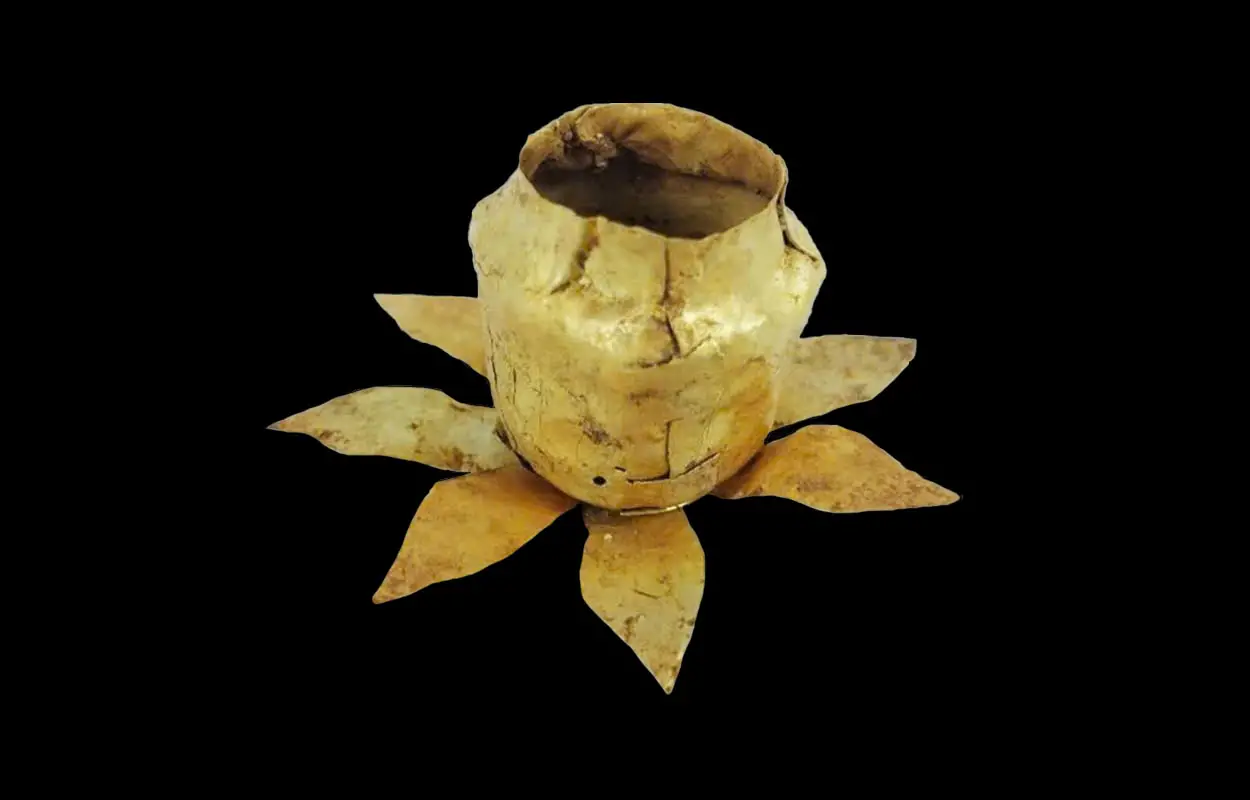Archaeologists excavating a Buddhist temple site in the An Phú district of Vietnam’s An Giang province have found rare votive treasures of the Cham people.
An Phú district, one of the most remote areas in Vietnam, is home to a Cham community—an Austronesian ethnic group that were the original inhabitants of central Vietnam and coastal Cambodia long before the arrival of the Vietnamese and Cambodians.
The Cham established the kingdom of Champa, a network of independent Hindu-Buddhist principalities that emerged in the 2nd century AD.
With the rise of the Khmer Empire and the steady territorial expansion of the Vietnamese, the Champa kingdom gradually declined. Vietnamese advances between the 17th and 19th centuries ultimately led to the complete annexation of the last remaining Champa territories.
Recent excavations of a Buddhist site associated with the Cham have led to the discovery of a large structure that archaeologists have called the “Sacred Pit”.
At the heart of the structure lies a circular brick formation arranged in a swastika pattern—an ancient symbol of good fortune and auspiciousness. Archaeologists have identified the site as a Cham temple tower, representing a rare example of Champa architecture dating back to the 9th-10th century from long before the kingdom’s collapse.
At the centre of the pit, excavations also found a collection of votive treasures which were placed as offerings at the time of the temple tower’s construction.
Finds include an inscribed gold object that conveys the Buddhist concept of Dependent Origination, a Kamandalu style vase resting on an eight-petaled golden flower, and dozens of artefacts crafted from glass and precious gemstones.
Header Image Credit : Xuan Toan
Sources : Vietnam.VN







